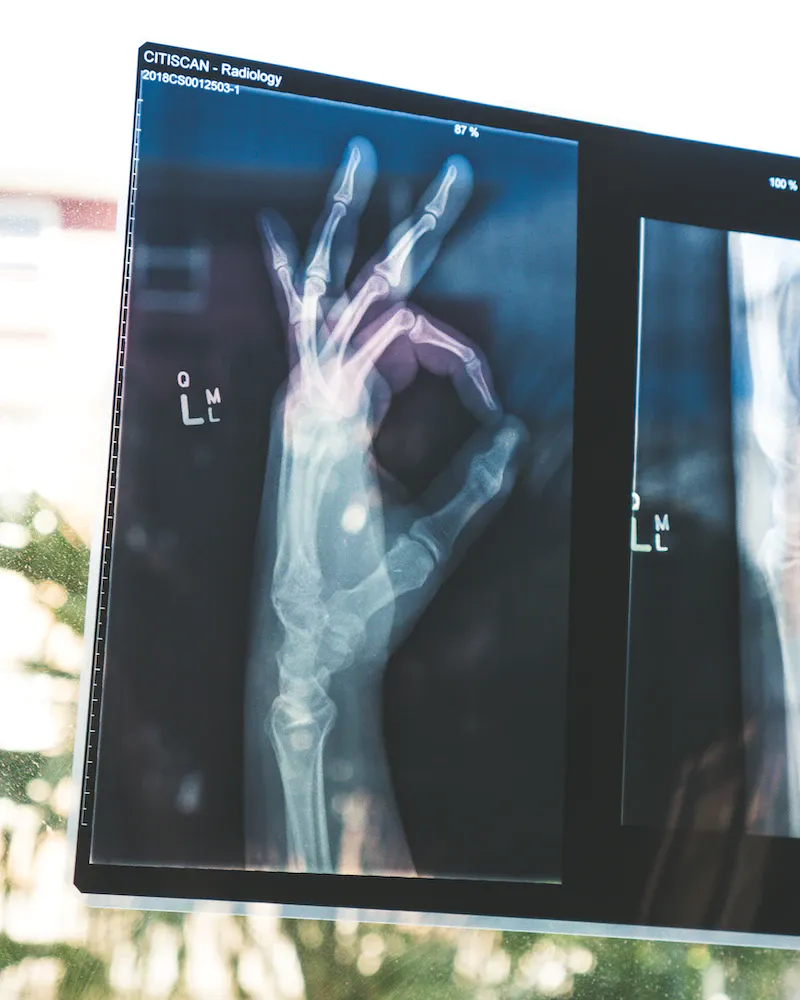Toxic Chemicals and Childhood Diseases: A Discussion.

The Toxic Truth About Baby Care Products: Harmful Chemicals and Childhood Diseases
As a parent, you want nothing but the best for your child. You want to make sure that your little one is safe and healthy at all times. That’s why choosing the right baby care products is crucial, and you’re always looking for those with natural and safe ingredients. However, what if I told you that some of these “safe” products contain harmful chemicals that can lead to childhood diseases?
One of the most common preservatives used in baby care products is known as parabens. While these preservatives can help prevent the growth of bacteria and mold in your baby’s products, they can also mimic estrogen in the human body. When absorbed through the skin or ingested, parabens can interfere with the normal functioning of hormones in the body, potentially leading to developmental and reproductive issues.
But that’s not all. There are other harmful chemicals that can be found in baby care products, such as phthalates, formaldehyde, and fragrance. These chemicals have been linked to various health problems, including asthma, allergies, and even cancer.
So, what can you do to protect your child from these harmful chemicals? The first step is to read labels carefully and avoid products that contain these harmful ingredients. Look for products that are labeled as “paraben-free,” “phthalate-free,” and “fragrance-free.”
Additionally, consider using natural and organic products whenever possible. These products are made from natural ingredients that are safe for your baby and the environment. You can also make your own baby care products using simple ingredients like coconut oil and shea butter.
In conclusion, the toxic truth about baby care products is that they can contain harmful chemicals that can lead to childhood diseases. As a parent, it’s essential to be vigilant and informed about the products you use on your child. By choosing natural and safe products, you can ensure that your little one stays healthy and happy.
Our Bodies Are Carrying Unprecedented Levels of Chemicals That Are Linked to Childhood Diseases
It’s hard to believe that between 30 to 50,000 chemicals are present in our bodies today, which our grandparents didn’t have. These chemicals enter our bodies through different routes such as the air we breathe, the food we eat, and the products we use. Unfortunately, many of these chemicals are linked to chronic childhood diseases that were rare just a few decades ago.
The human body is not equipped to deal with such a high number of foreign substances, especially those that are toxic. The presence of these chemicals in our bodies is causing harm and leading to chronic diseases like cancer, asthma, and diabetes. In children, the effects are even more severe as their developing bodies are more vulnerable to these toxic substances.
As parents, it’s important to be aware of the products we use on our children and the impact they have on their health. We need to be more cautious and mindful of the chemicals present in the products we use on our babies and toddlers. It’s time to take action and make better choices for our children’s health and future.
The Alarming Rise of Childhood Leukemia in the UK
It is unsettling to know that childhood leukemia has increased by 20 percent in just one generation in the United Kingdom. This fact points to the potential risks that chemicals in our environment pose to children. Experts have been studying the link between chemicals and diseases like cancer and have found evidence that the presence of these chemicals in our surroundings can impact our health.
Childhood leukemia, a cancer of the blood, is a frightening diagnosis for families to face. The causes of the disease are not entirely known, but research suggests that environmental factors may play a role. Factors such as pollution, pesticides, and chemicals in our daily use products could increase the risk of leukemia in children.
It is crucial to prioritize the health and safety of our children by taking measures to reduce their exposure to harmful chemicals in our surroundings. We can start by making informed choices when it comes to the products we use and the food we eat. Reducing the use of harmful chemicals in our homes, schools, and communities can also help in creating a safer environment for our children.
Atrazine: The Top-Selling Chemical and Water Contaminant
Atrazine is a widely-used herbicide and the primary product sold by the world’s largest chemical company. It is also the leading contaminant of groundwater, drinking water, and rainwater. Atrazine has been linked to a variety of health problems, including cancer, hormonal imbalances, and reproductive issues in both humans and animals. The use of this chemical is so pervasive that it is estimated that over 70 million pounds are used every year in the United States alone. Despite mounting evidence of its dangers, Atrazine remains legal and is still widely used in agriculture and landscaping. It is important to be aware of the risks associated with this chemical and to take action to reduce our exposure to it whenever possible.
Atrazine and its impact on male hormones
Atrazine, the largest-selling product of the world’s largest chemical company, has been linked to numerous health problems. One of the major concerns is its ability to activate an enzyme that converts testosterone into estrogen, leading to hormonal imbalances. This process can lead to a decrease in testosterone levels, which can result in feminization and chemical castration of males. These effects have been observed not only in laboratory studies but also in wildlife populations exposed to atrazine-contaminated water sources. It is alarming to think about the potential impact that this chemical could have on human health, especially considering its prevalence in our environment.
The Placenta and Chemical Exposure: A Growing Concern for Child Health
The human placenta is an amazing organ that acts as a filter, supplying a developing fetus with the necessary nutrients and oxygen while protecting it from harmful substances. However, with the increasing number of chemicals in our environment, the placenta faces a new challenge. The placenta simply cannot adapt quickly enough to the rising number of chemicals that it has never encountered before.
As a result, we are witnessing a growing concern for child health, with studies linking chemical exposure during pregnancy to an increased risk of chronic diseases such as childhood leukemia, asthma, and developmental disorders. While some chemicals have been banned, many are still in use, and their impact on child health remains uncertain.
It’s time to take action and raise awareness about the potential dangers of chemical exposure during pregnancy. We need to enable women to make informed decisions about the products they use and the chemicals they are exposed to, and we must demand that companies take responsibility for the safety of their products. The health of our children is at stake, and we cannot afford to ignore this issue any longer.
Women at the Forefront of Addressing Childhood Chemical Exposure
The issue of childhood chemical exposure is one that primarily affects women, as they are often the ones who collect these compounds over the course of their lives and pass them on to their unborn children. This places a great responsibility on women to be at the forefront of addressing this issue and advocating for safer products and practices.
It is important for women to be aware of the chemicals in their everyday products and to choose safer alternatives whenever possible. This can include avoiding products that contain phthalates, parabens, and other harmful chemicals, as well as supporting companies that prioritize safety and transparency.
By taking a proactive approach and working together, women can help to reduce the incidence of childhood diseases and promote a healthier future for our children.
Protecting Everyone: The Importance of Addressing Chemical Exposure
Although women have been leading the charge in advocating for reducing chemical exposure, this issue affects everyone. Men and children are also at risk from the effects of toxic chemicals in our environment. It’s essential to recognize that exposure to these chemicals is not limited to any specific group and that we all have a stake in addressing this issue. By working together and raising awareness, we can create a safer and healthier world for ourselves and future generations.
Conclusion
The rise of childhood diseases and exposure to chemicals is a serious issue that cannot be ignored. With the increasing number of chemicals in our environment, it is crucial to be aware of the potential risks they pose to our health. As discussed in this blog post, the chemicals in baby care products, atrazine, and other environmental pollutants can cause a wide range of health problems, including cancer, hormonal imbalances, and reproductive issues.
It is essential to take action to reduce our exposure to these chemicals, and this can be achieved through education, research, and advocacy. By making informed choices about the products we use, supporting policies that promote clean air and water, and advocating for stricter regulations on the use of harmful chemicals, we can make a positive impact on our health and the environment.
The responsibility to address this issue does not fall on any single group, but rather on all of us. Women, men, parents, and policymakers must come together to create a safer, healthier environment for ourselves and future generations. Let us work together to address this issue and create a better future for all.


